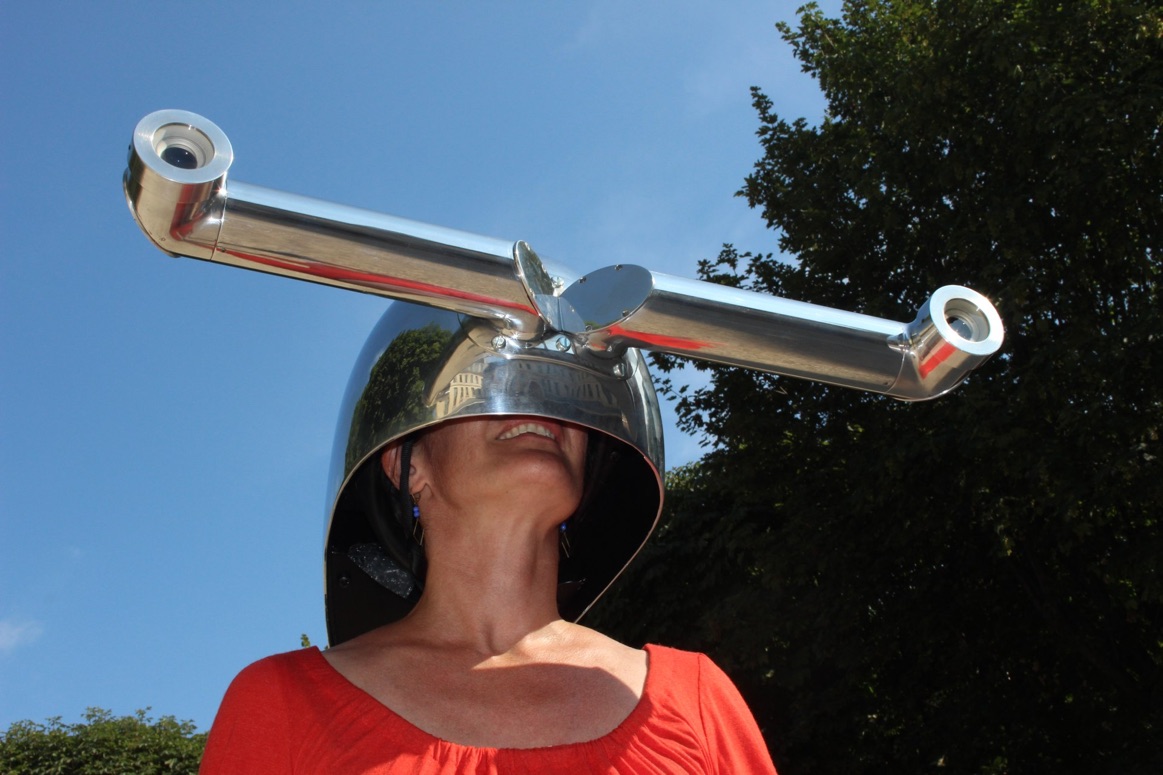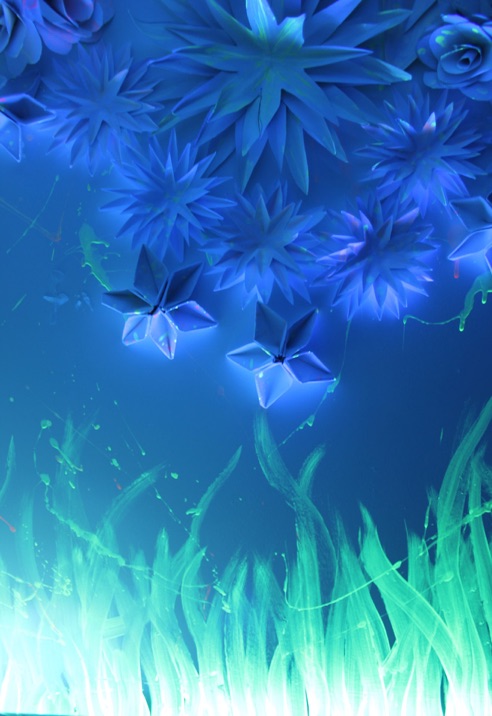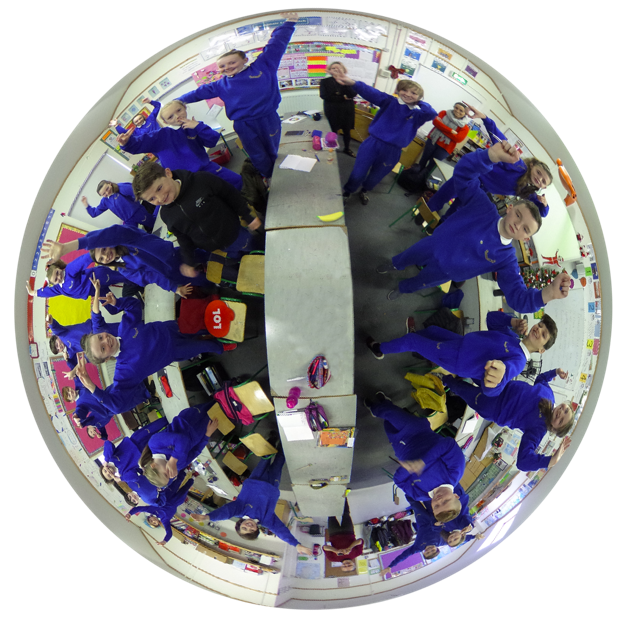


CV&BIO / PRESS / ARTIST’S STATEMENT / CONTACT


The artists and MIC students worked closely with sixth class pupils from Dounoughmore School exploring the art and science of perception. This involved research into vision, investigation of optics using prisms and lenses, design of form, and exploration of innovative materials.
The School of Looking project is multidisciplinary in nature and encourages both local schoolchildren and MIC students to explore their own creativity through the challenges set by the project. Anne Marie Morrin (Visual art lecturer in Mary Immaculate College) explains “the exploration of the theme provided opportunities for research, problem solving, experiential and practical learning in and through Visual Art, Biology and Physics demonstrating the importance of developing children’s creative and imaginative potential in Visual Art and STEM education”



Donoughmore National School &
Visual Art Education, Mary Immaculate College, Limerick, Ireland, 2017-2018
In addition, Anne Marie goes on to say the importance of placing the students learning into context and values the opportunity to collaborate with artists and local schools. She adds ‘The immersive nature of the modules exposes the students to studio habits of mind that develops their own creative capacities, which will affect their future teaching experiences. All the concepts, skills and techniques engaged with were applied to the contemporary classroom, in an innovative and engaging way’.

Anne Cleary adds “this is an innovative and inclusive way of teaching that benefited both the student teachers and the pupils at Dounoughmore School significently. Through the process they learned about the physics, the chemistry, and the biology of vision, they developed design, handcraft and communication skills, they leaned the value of methodical research, and how to interprete and translate that research into an accesible design, they learned to work as a team, to listen to and respect eachother’s ideas, and above all they learned how much fun art and science are, and that these two important disciplines are not exclusive but are two sides of the same creative coin.”
The MIC student’s initial concepts and explorations focused on ideas produced by the children. The children’s research, understanding and investigations of animal vision became the motivation of the student’s artworks. The four interactive prototype helmets produced and on display within the exhibition are a combination of artists, students and children’s ideas coming together to solve a particular problem, in this case how to design and construct an optical device to demonstrate how a bee, jumping spider and a fly can see!



Extract from students’ notebooks
MIC Visual Art Students examining a right-angle prism, March 2018
Above: Leona Griffin’s 6th Class at Donoughmore School, December 2017
Final installation of the Jumping Spider team, April 2018
Detail of the Bee Vision installation, April 2018
Extract from students’ notebooks
Extract from students’ notebooks
Extract from students’ notebooks
MIC Visual Art Students experimenting with a fresnil lens, March 2018
The Project
Did you ever wonder what it would be like to see like a fly, a bee or even a jumping spider? The students at Donoughmore National School, Limerick did and went a step further! With the help of Mary Immaculate College Third B.Ed. Visual Art Students and artists Connolly and Cleary, the children and students researched, investigated and created simulations of the optical systems around animal and human vision.




